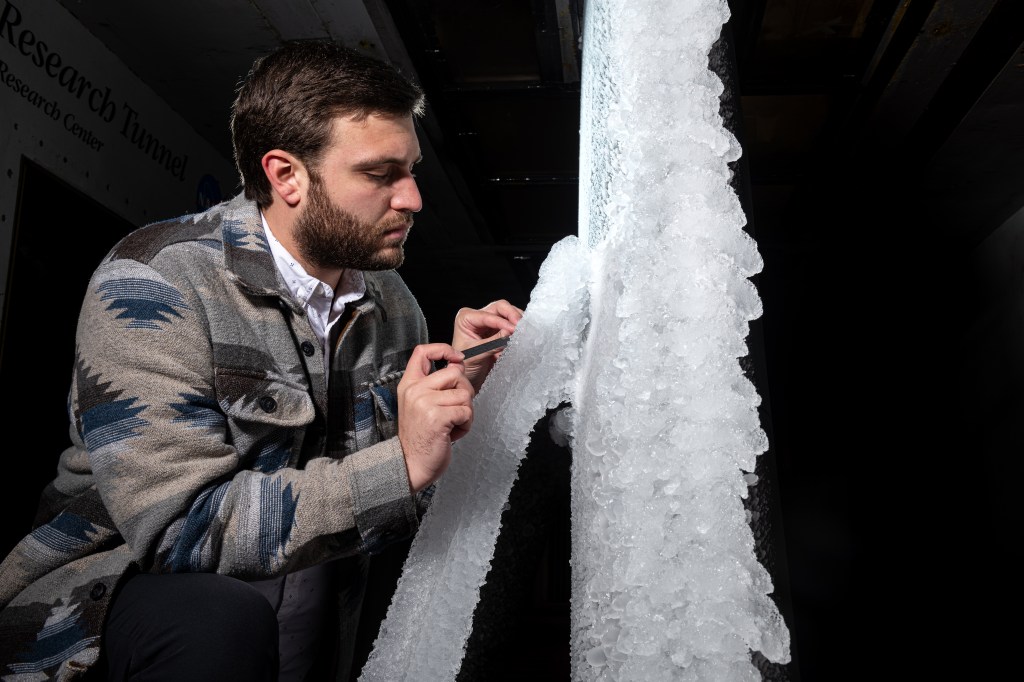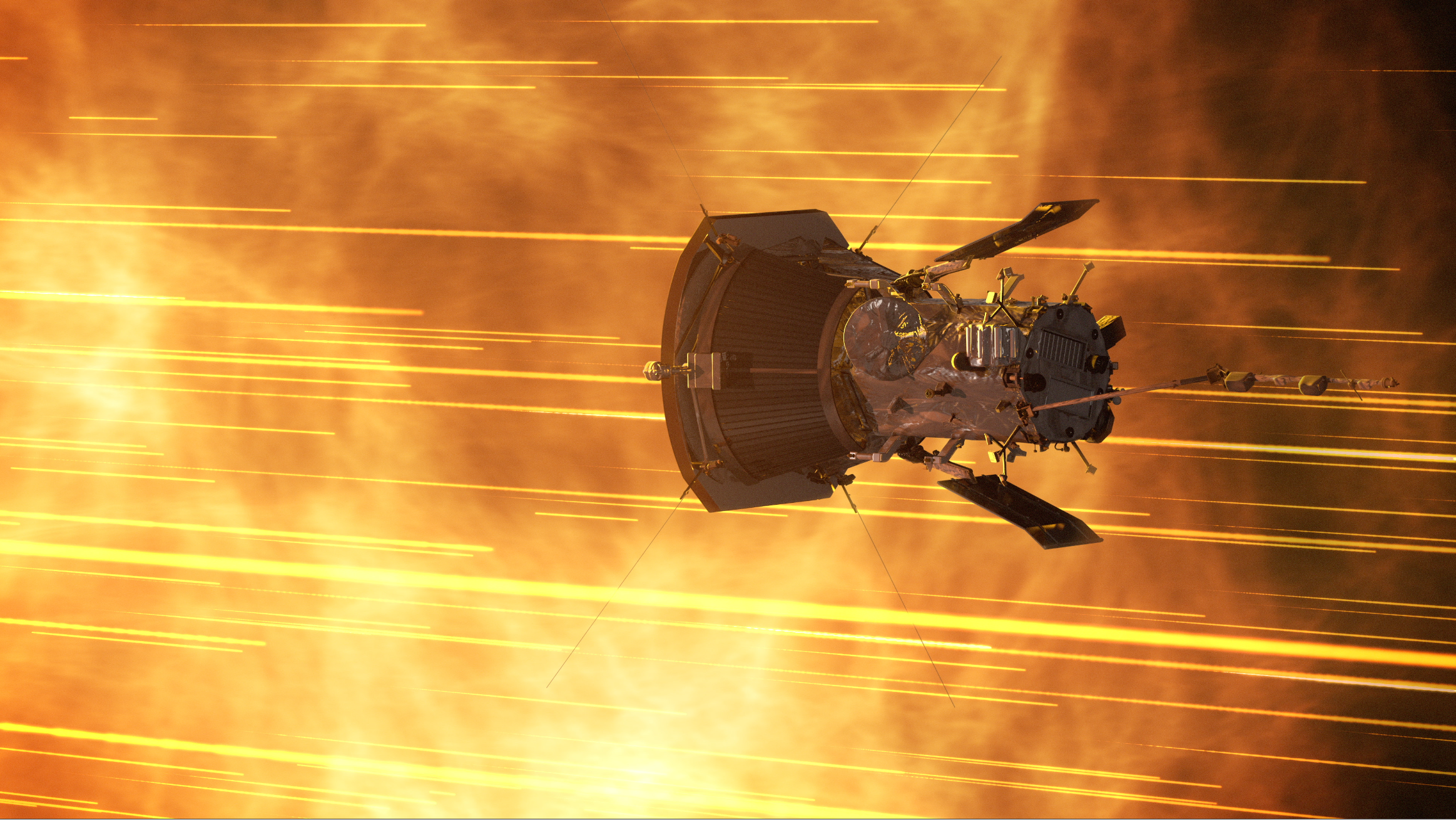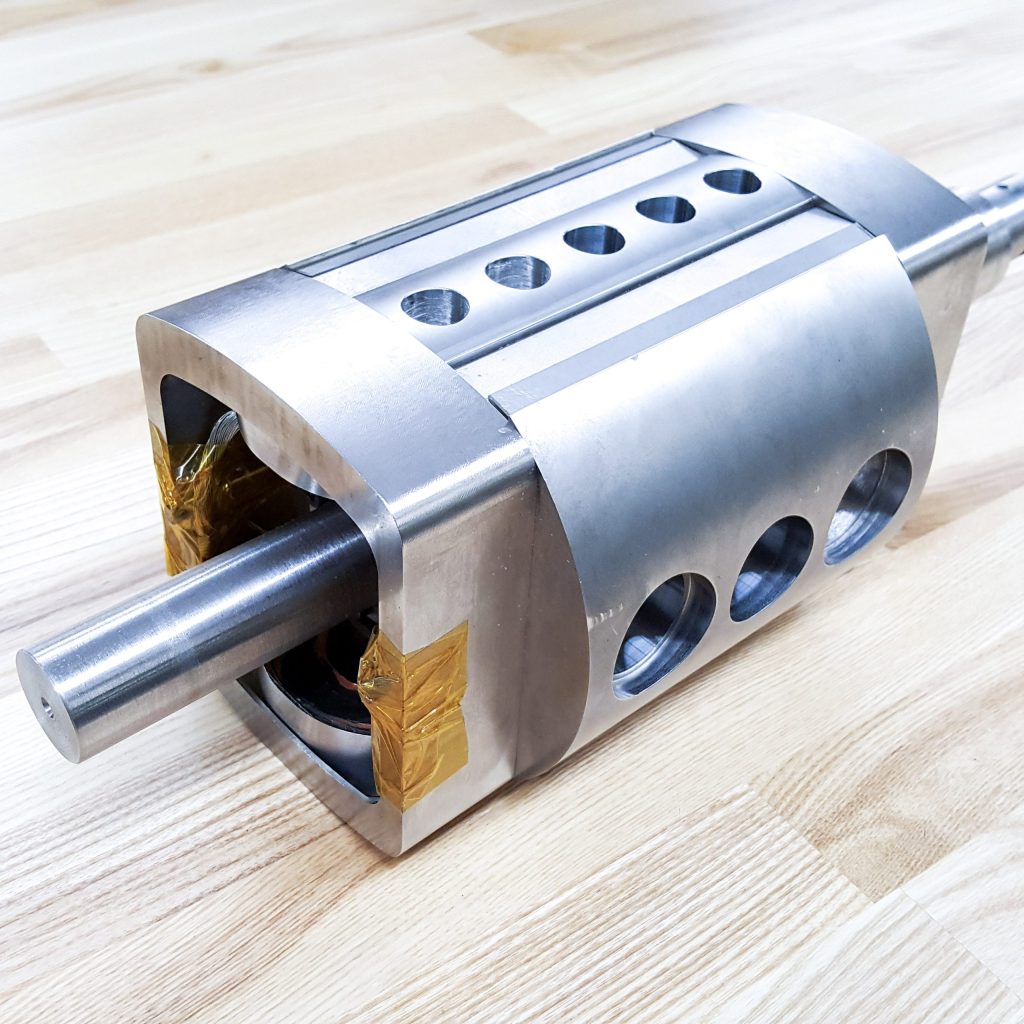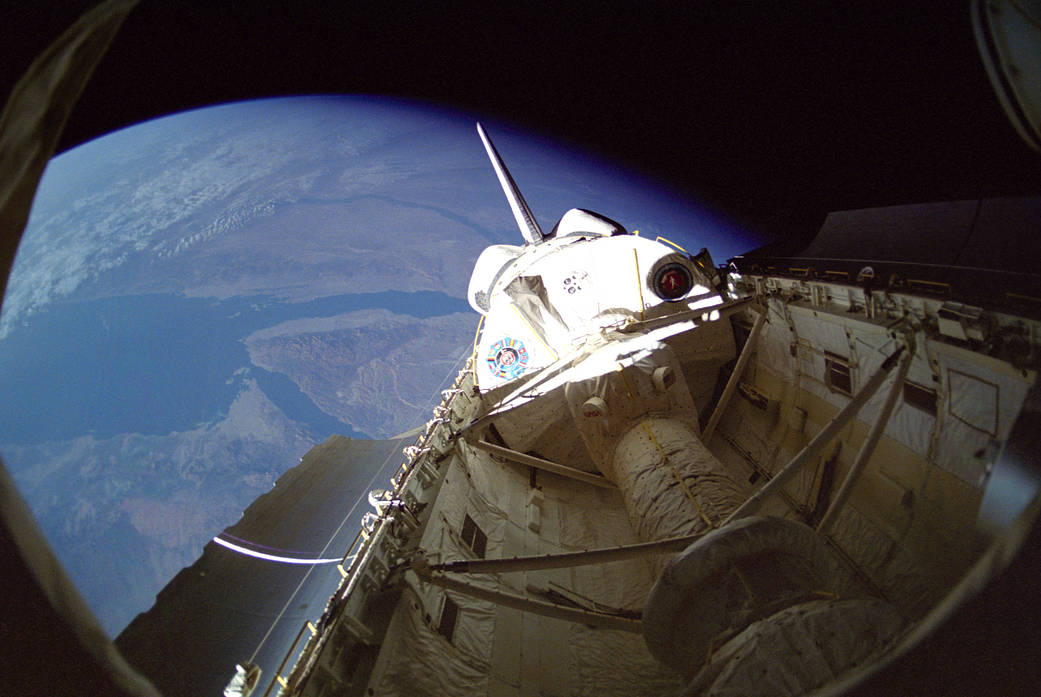This week in 1992, the First International Microgravity Laboratory, IML-1, module launched aboard space shuttle Discovery. IML-1, which was managed by NASA’s Marshall Space Flight Center, was the first in a series of missions with payloads dedicated to life science and microgravity science research. The primary objective of the mission was to conduct science and technology investigations that required the low-gravity environment of space, with emphasis on experiments that studied the effects of microgravity on materials and processes and living organisms. Today, Marshall’s Payload Operations Integration Center serves as “science central” for the International Space Station, working 24/7, 365 days a year in support of the orbiting laboratory’s scientific experiments.
The NASA History Program is responsible for generating, disseminating, and preserving NASA’s remarkable history and providing a comprehensive understanding of the institutional, cultural, social, political, economic, technological, and scientific aspects of NASA’s activities in aeronautics and space. For more pictures like this one and to connect to NASA’s history, visit the History Program’s webpage.
Image Credit: (NASA)






























